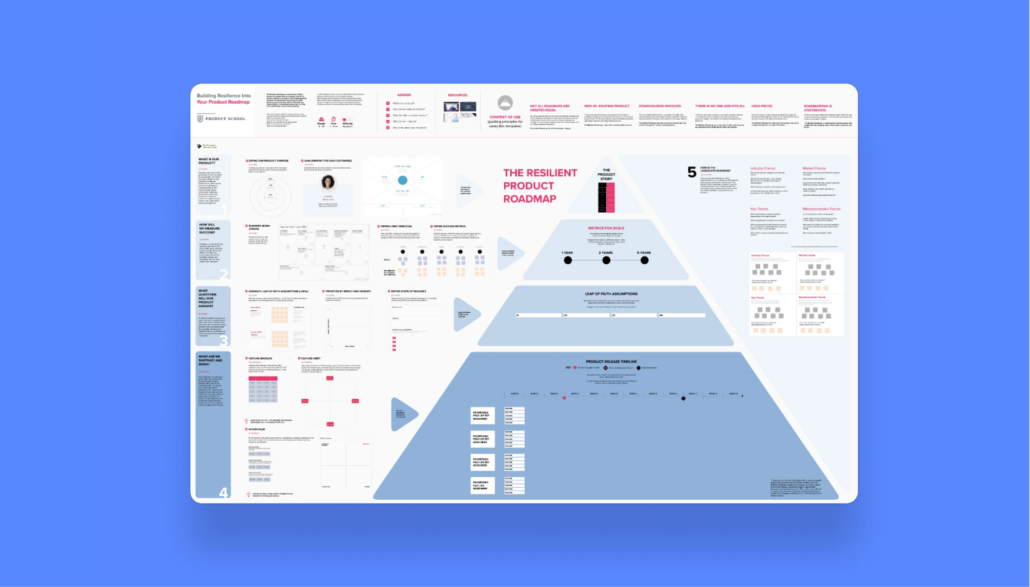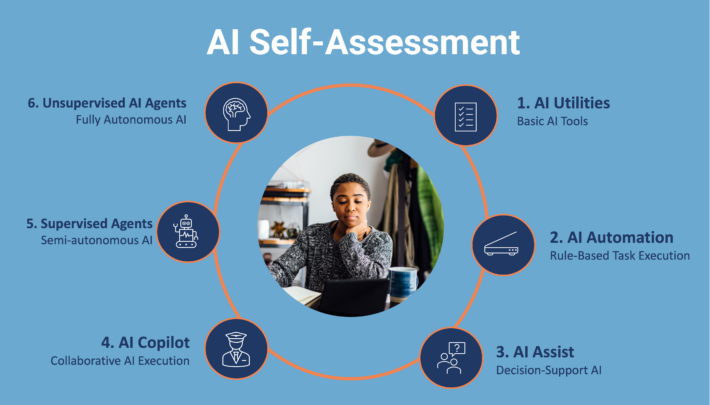Navigating Enterprise Deals Without Derailing Your Roadmap

Enterprise deals are the dream—large contracts, stable revenue, and validation from big players. But they also come with a hidden cost: customization demands that can throw your product roadmap into chaos.
At Vindy, we recently navigated this challenge firsthand when negotiating a deal with a company that manages over 1,500 campus bookstores.
Their requirements were extensive, and while some fit naturally into our platform, others would have pulled us off course. Managing this dynamic is a balancing act that every executive must master.

The Temptation of Customization
When a major enterprise partner comes knocking, it’s easy to fall into the trap of saying “yes” to every request. After all, these deals bring prestige and revenue. But the moment you start tailoring your product too much for one client, you risk alienating your broader customer base.
Worse, you might find yourself maintaining features that only one client wants while slowing down innovation for everyone else.
The Vindy Experience: What We Said Yes To—And What We Didn’t
Our potential partner had a list of feature requests. Some aligned perfectly with our roadmap—enhancements that would improve the experience for all our users.
These were easy to say yes to. But others? They were highly specific, complex, and would have required significant engineering resources without broader applicability. We had to make tough calls.
Here’s how we approached it:
-
Prioritize Scalable Features – If a requested feature had value beyond this deal, it was a win. We moved forward on those.
-
Push Back on One-Offs – We politely but firmly declined features that wouldn’t benefit the majority of our users.
-
Offer Alternative Solutions – Instead of outright rejection, we explored whether existing features could be adapted to meet their needs.
-
Be Transparent About Trade-offs – We communicated that excessive customization could lead to slower future development and potential long-term costs.
Avoiding Roadmap Disruption
Large deals can create an illusion of urgency, but protecting your roadmap is critical for long-term success. Here are key strategies to keep your product vision intact:
-
Have a Clear Product Philosophy – Know what your platform is and isn’t. If a feature request doesn’t align, it’s an easy no.
-
Set Boundaries Early – Enterprise clients will test your flexibility. Define non-negotiables from the start.
-
Leverage Modular Architecture – The more modular your system, the easier it is to adapt features without overhauling core functionality.
-
Offer a Premium for Custom Work – If an enterprise client insists on something bespoke, price it accordingly. Many will rethink their request when there’s a cost attached.
The Long Game
It’s easy to chase short-term revenue at the expense of long-term sustainability. But the best enterprise deals are those that strengthen—not strain—your company.
At Vindy, we walked away from some potential revenue in favor of preserving our vision. The result? A deal that works for both parties without compromising our core product.
Every enterprise negotiation is a test of discipline. The trick is to say yes to growth, not distraction.



